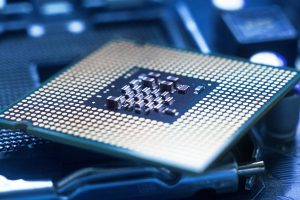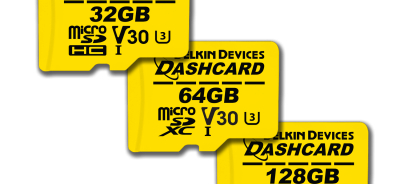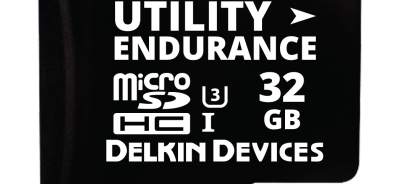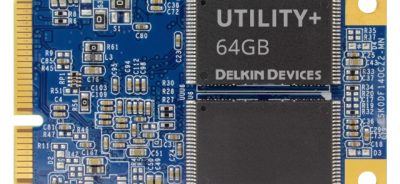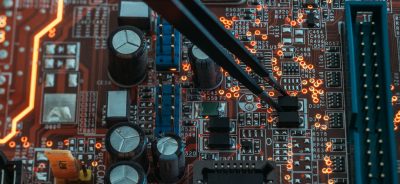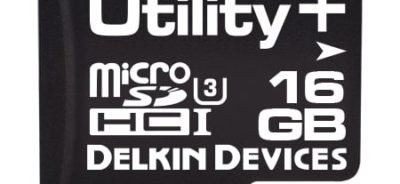What Is a CPU?
At the core of any computing system is the central processing unit, or CPU. Many people mistakenly believe that the CPU is the computer itself, but it isn’t. Instead, you can think of the CPU as the brain that helps the computer perform all of the functions that it needs to. Essentially, everything a computing device does, from storing data to running operations, starts with and is facilitated by the CPU. The embedded memory system in your computing device relies on the CPU to perform data writing and reading operations. Here is a closer look at how CPUs work and the role that they play in computing devices.
CPU Basics
CPUs sit on top of the memory boards of computing devices and look like small chips. Despite their small size, Central processing units contain billions of transistors that work together to carry out the activities specified by the programs that are stored on your system.
Typically, in desktop computers and laptops, a standalone, dedicated CPU can be found on the motherboard that is responsible for performing a wide range of processing functions. In mobile devices, the CPU can be a little different. Many mobile devices use an SoC, or system on chip, design, in which a single chip contains the CPU alongside other components. For instance, an SoC may contain both the CPU and a memory chip or graphics chip.
Moore’s Law
As with most devices contained in computing systems, CPUs have gotten increasingly smaller over the years. At the same time that CPUs have gotten smaller, they have also gotten faster. This is related to a phenomenon called Moore’s Law. According to Moore’s Law, the number of transmitters inside of a device like a CPU doubles every two years. This propels the technological advancements of CPUs and other embedded devices. A fast central processing unit is key to an efficient computing system, so this increase in speed and functionality is a key factor for all engineers to consider when designing their devices and applications.
CPU and Memory Devices
If you’re shopping for embedded memory, it helps to understand how the CPU works with the memory device. When a user instructs the memory to perform a task, such as store new data entered into the system or pull stored data, the CPU translates the request and makes sure the necessary action happens.
Delkin can help you choose effective memory solutions and understand how they fit into your overall application design. For more information, please contact us today.
ORDER DELKIN INDUSTRIAL FLASH STORAGE TODAY through our distribution partner Newark.
 Login
Login Register
Register


